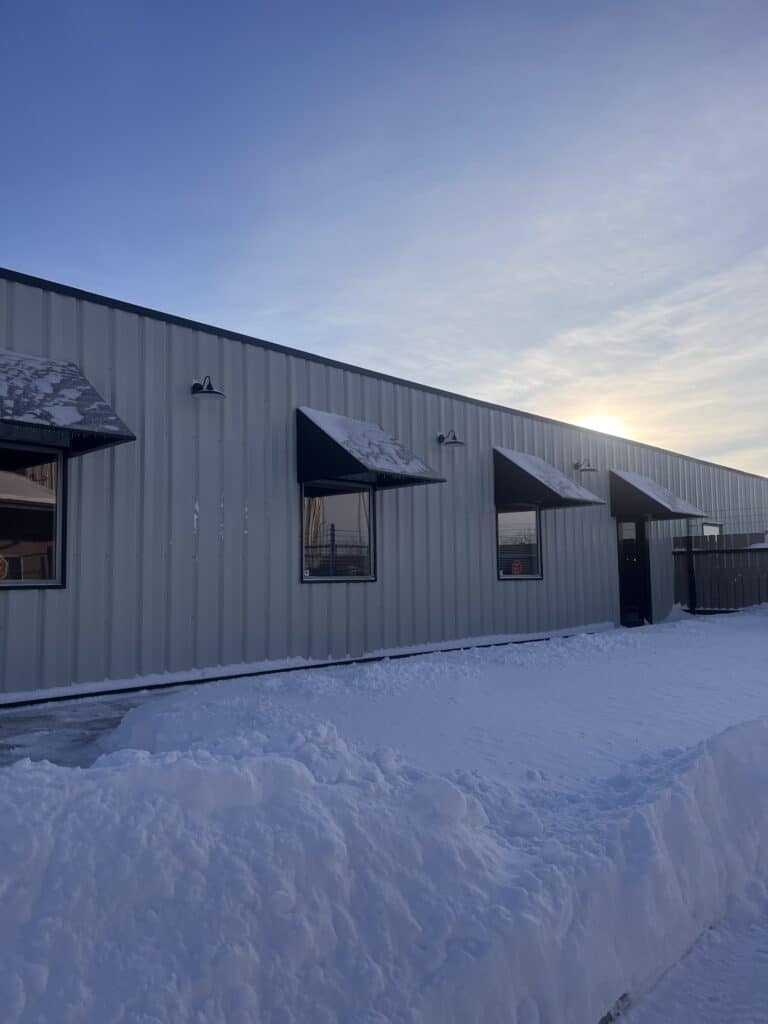Introduction
Respiratory issues are a significant concern in certain industries due to exposure to hazardous substances or working conditions. Prolonged exposure to respiratory hazards can lead to respiratory diseases, diminished lung function, and reduced overall well-being. In this blog post, we will explore some of the most common industries that pose respiratory health challenges and the specific hazards workers may encounter. Understanding these risks can help raise awareness and promote proactive measures to protect respiratory health in these industries.
Construction and Demolition
The construction and demolition industry presents various respiratory hazards, including exposure to dust, silica, asbestos, and chemical fumes. Workers in this industry may face the risk of developing respiratory conditions such as occupational asthma, chronic obstructive pulmonary disease (COPD), and pneumoconiosis. Proper personal protective equipment (PPE), dust control measures, and regular lung health monitoring are crucial to mitigate these risks and protect workers’ respiratory health.
Mining and Quarrying
Workers in mining and quarrying industries often encounter high levels of airborne dust and hazardous gasses, such as silica dust, coal dust, and diesel exhaust. Prolonged exposure to these substances can lead to conditions such as silicosis, black lung disease, and respiratory cancers. Strict adherence to respiratory protection protocols, proper ventilation systems, and regular health as well as lung assessments are vital to safeguard workers’ respiratory health in these environments.
Manufacturing and Industrial Processes
Certain manufacturing and industrial processes can expose workers to respiratory hazards. Chemical manufacturing, metalworking, and production facilities utilizing solvents, fumes, or airborne particles pose risks to workers’ respiratory systems. Inhalation of toxic substances and irritants can cause respiratory irritation, chemical pneumonitis, or chronic respiratory diseases. Implementing proper ventilation systems, appropriate PPE, spirometry testing, and regular monitoring of air quality are essential to mitigate respiratory risks in these industries.
Agriculture and Farming
Workers in the agriculture and farming sectors may face respiratory hazards due to exposure to pesticides, fertilizers, mold spores, and grain dust. These can lead to respiratory symptoms, allergic reactions, and occupational asthma. Utilizing respiratory protection, proper ventilation, and implementing safe handling practices are crucial in safeguarding the respiratory health of agricultural workers.
Healthcare and Laboratories
Although the healthcare industry focuses on improving health, workers in healthcare settings and laboratories can be exposed to various respiratory hazards. These include airborne
pathogens, aerosolized medications, hazardous drugs, and chemicals used in laboratory processes. Adequate infection control measures, use of appropriate respiratory protection, and regular training on handling hazardous substances are vital to protect healthcare workers’ respiratory health.
Conclusion
Recognizing the common industries that pose respiratory health challenges is crucial in promoting awareness and ensuring appropriate preventive measures are in place. Employers, employees, and regulatory bodies should prioritize respiratory protection protocols, including proper ventilation, the use of personal protective equipment (such as masks and respirators), regular monitoring of air quality as well as regular lung function assessments. Proactive measures can minimize the risks associated with these industries and protect the respiratory health and well-being of workers, contributing to a healthier workforce and a safer work environment.




